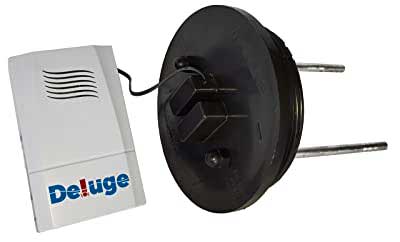Bert Lee
Member
Quick question please These caps on my main sewage drain are white plastic and I found that they are not all that secure. One was oozing so I tapped it lightly with a mallet and it just rocked a bit on the pipe. All others reacted the same. Should these be better set with some sort of adhesive to avoid leaks and gas? I am more worried because we had an historic rain event last Thursday that had sewage water backing up through my basement utility sink which made a bit of a mess until I stopped it off. I then learned it's fairly common in my neighborhood during major rain events where the sewer lines get overwhelmed with storm water. There is a bit back pressure on that pipe and if one of those blow off I have REAL issues in the basement. So, I'd like to know the best material to use to secure those please
Regarding the utility sink drain, I picked up a couple nice 1.5" gripper plugs for the utility sink drain which should serve as a suitable back flow stopper for any future events. But I'd be curious to know if anyone has any other ideas for an option I can put on the trap side, perhaps a 1.25" pvc ball valve? Easy 1/4 turn on and off. It's tight under there though and I'd love something with easy access. Thought of cutting a larger rain hole and installing a kitchen sink basket with a screw down basket and stopper but not sure that would hold the back flow back.

Regarding the utility sink drain, I picked up a couple nice 1.5" gripper plugs for the utility sink drain which should serve as a suitable back flow stopper for any future events. But I'd be curious to know if anyone has any other ideas for an option I can put on the trap side, perhaps a 1.25" pvc ball valve? Easy 1/4 turn on and off. It's tight under there though and I'd love something with easy access. Thought of cutting a larger rain hole and installing a kitchen sink basket with a screw down basket and stopper but not sure that would hold the back flow back.

